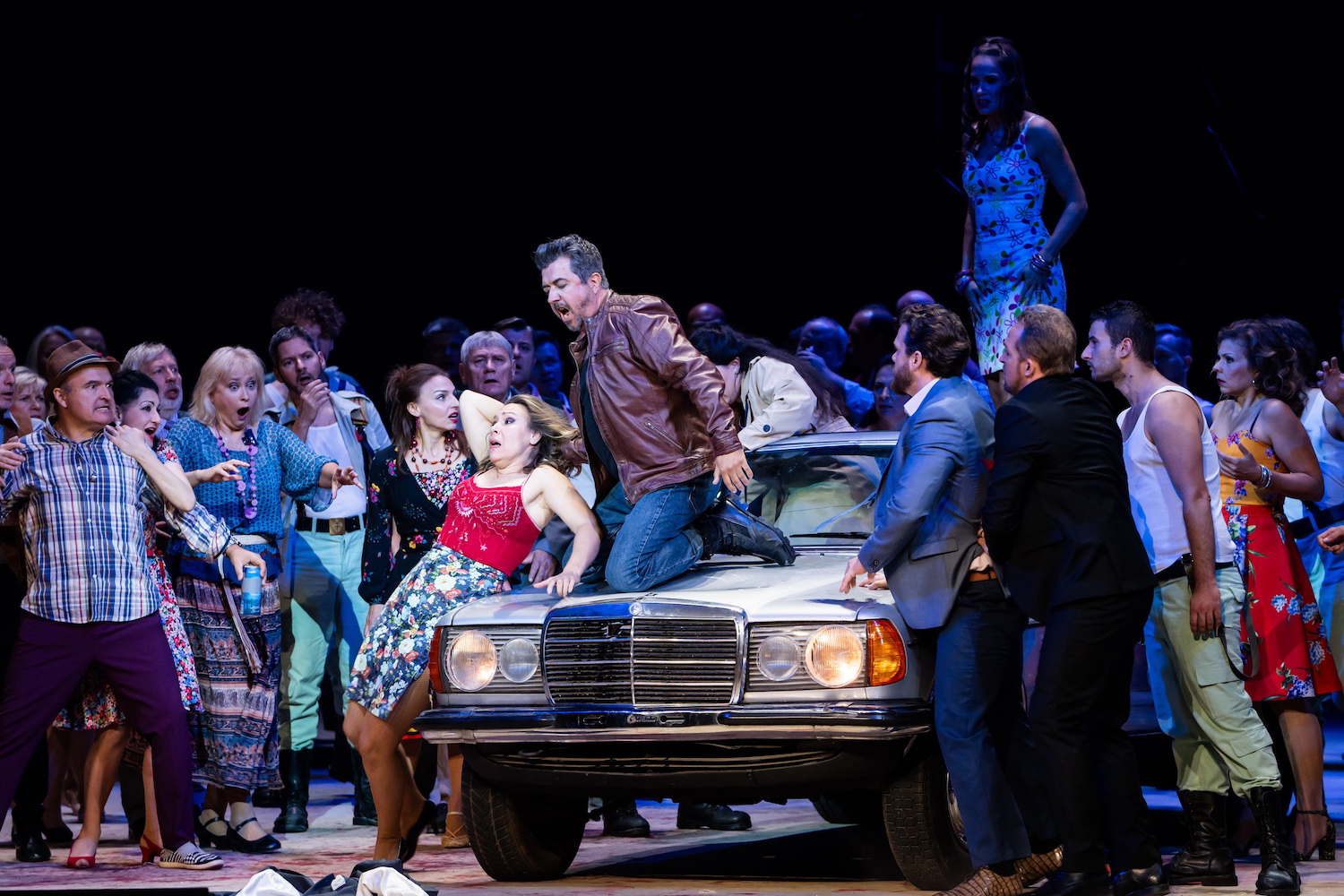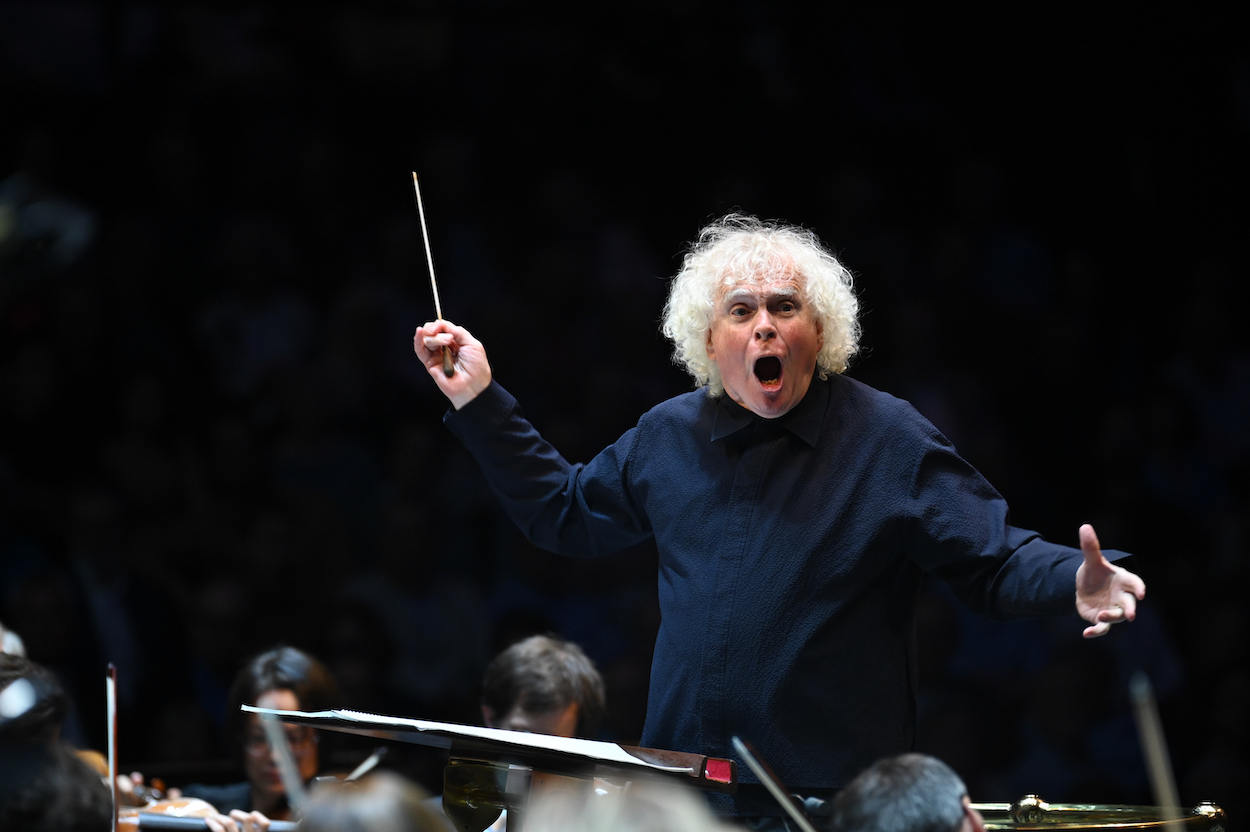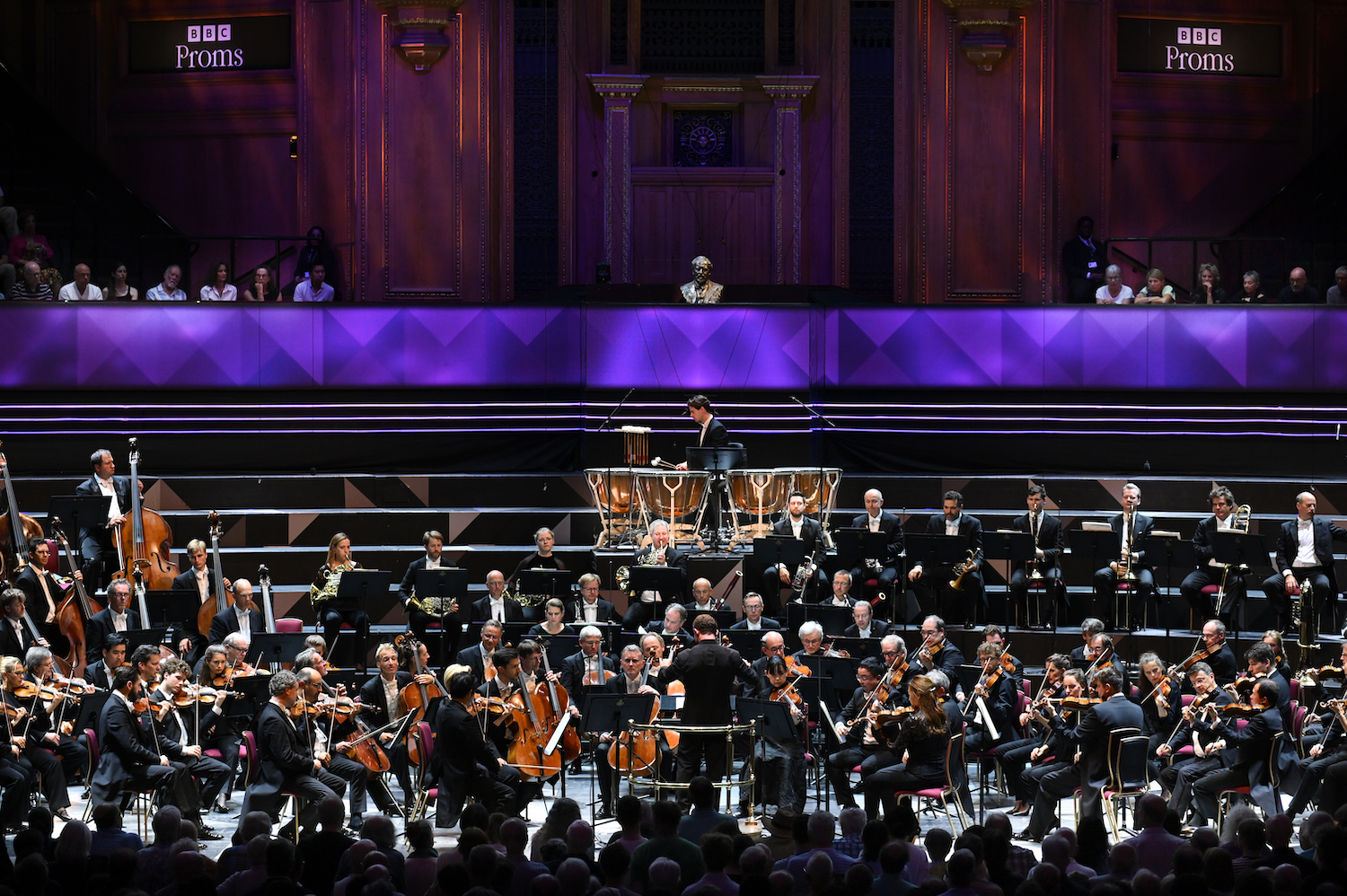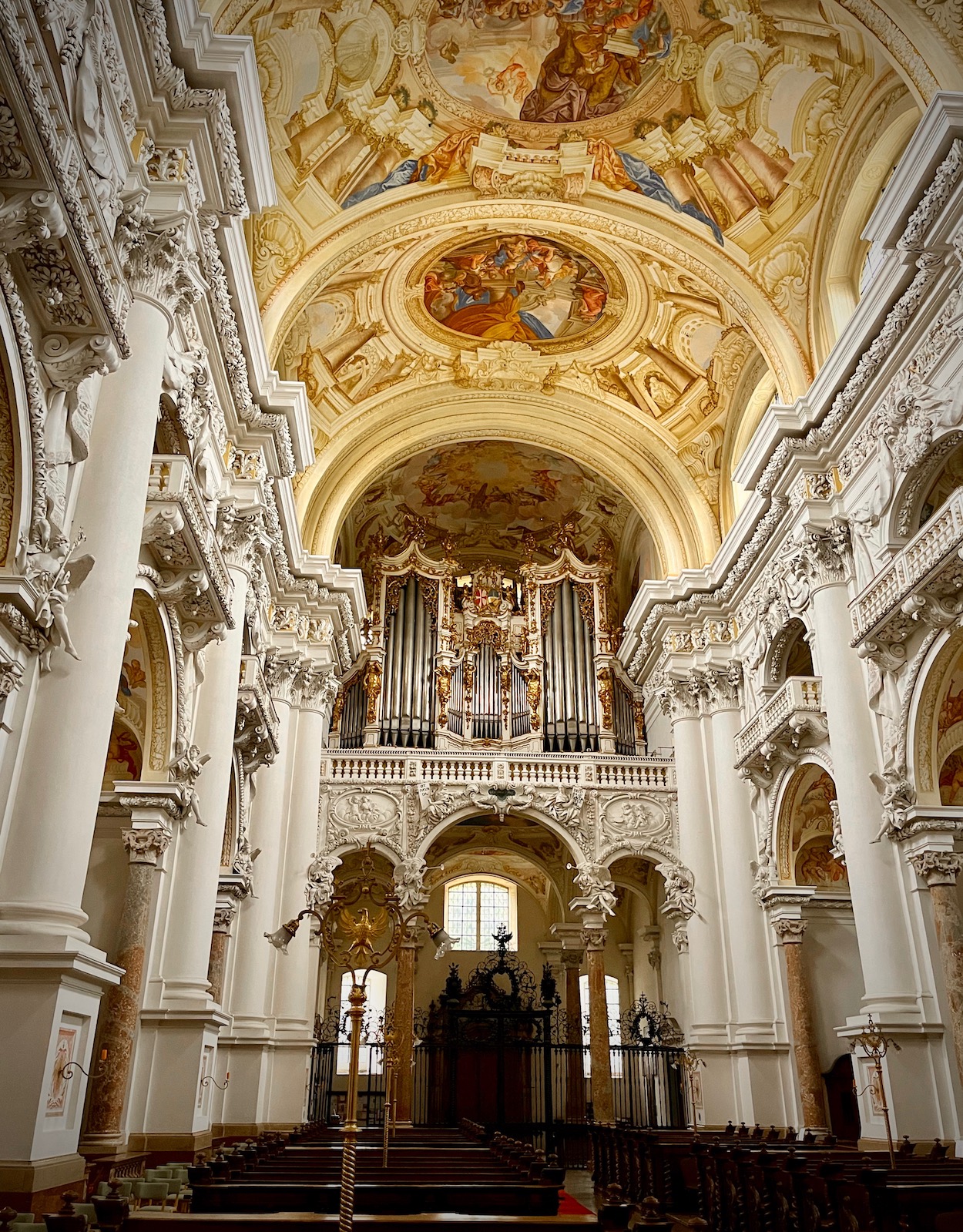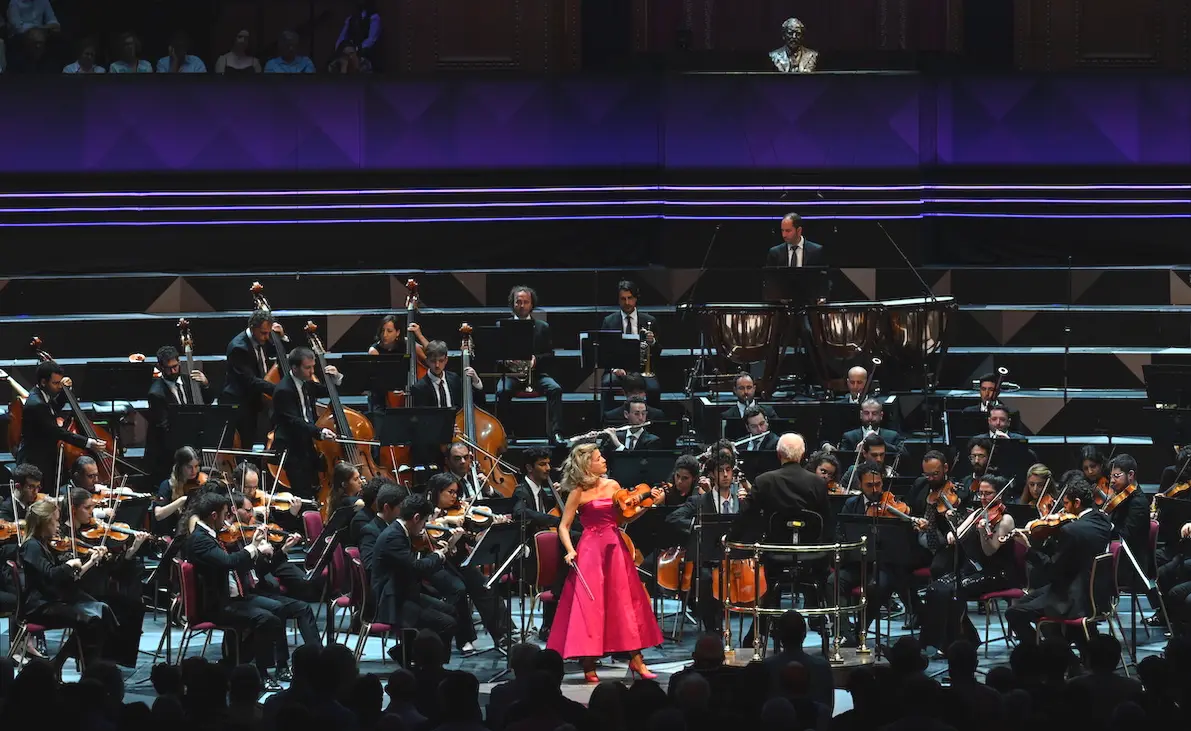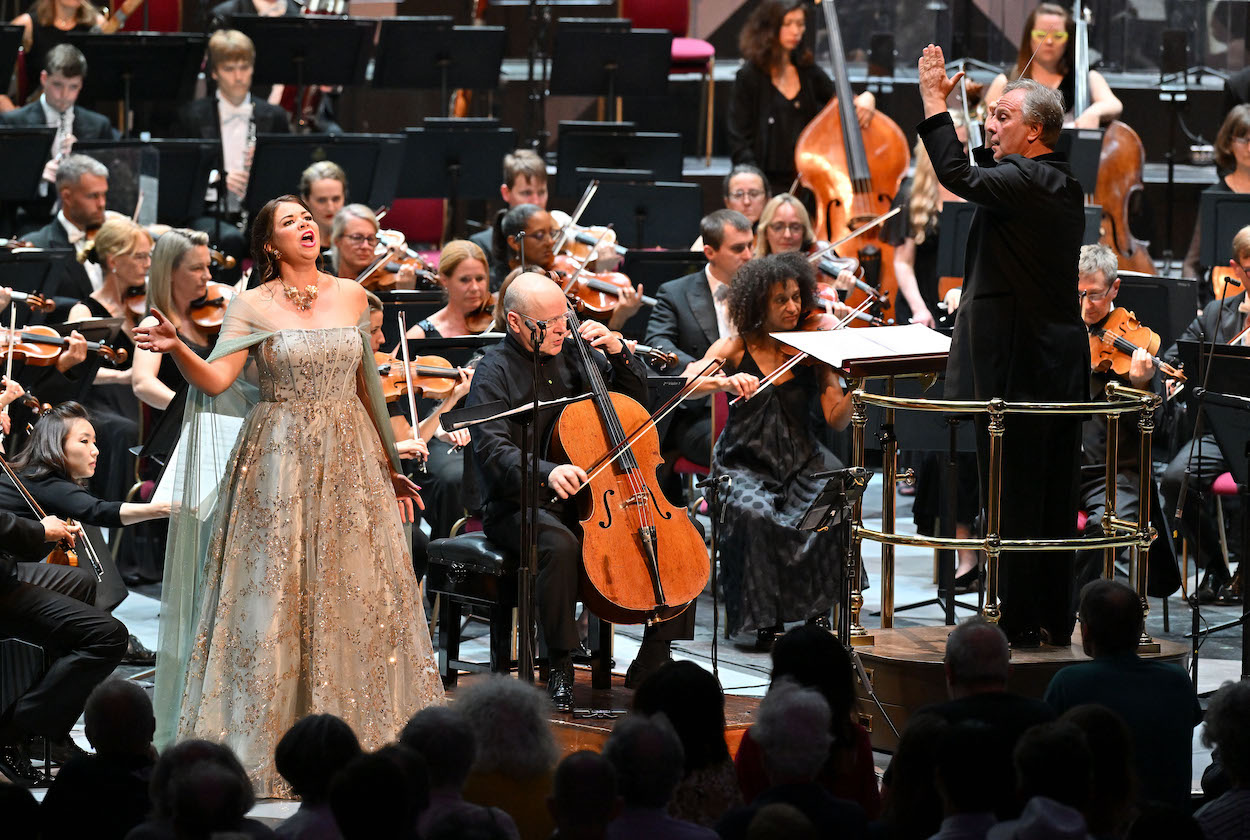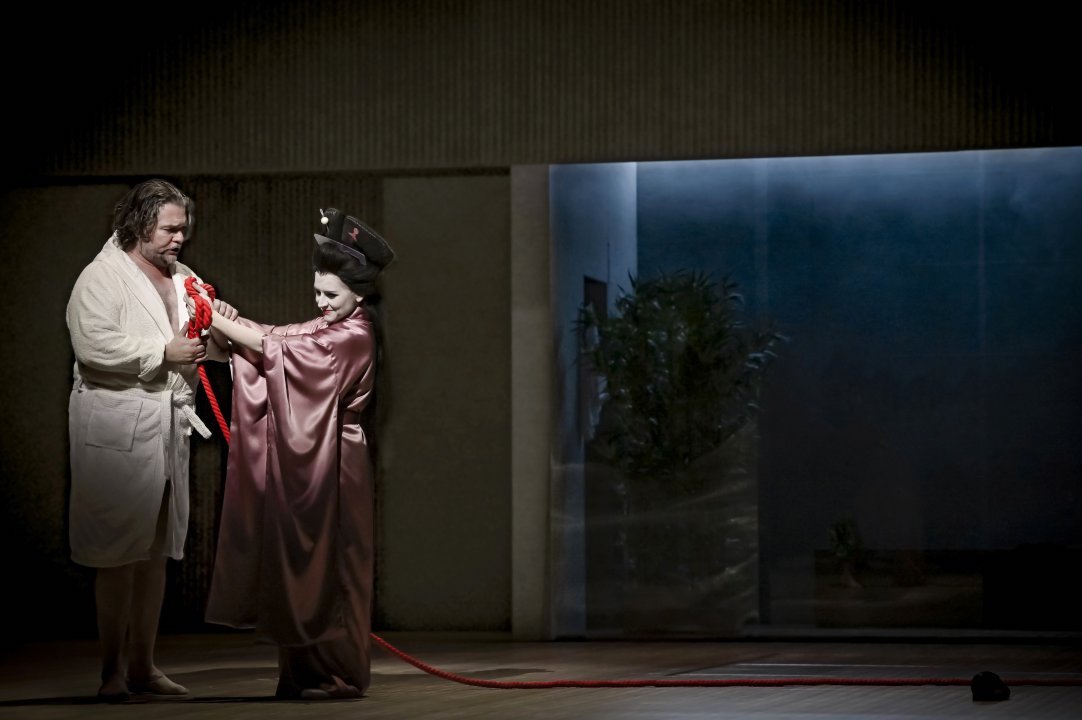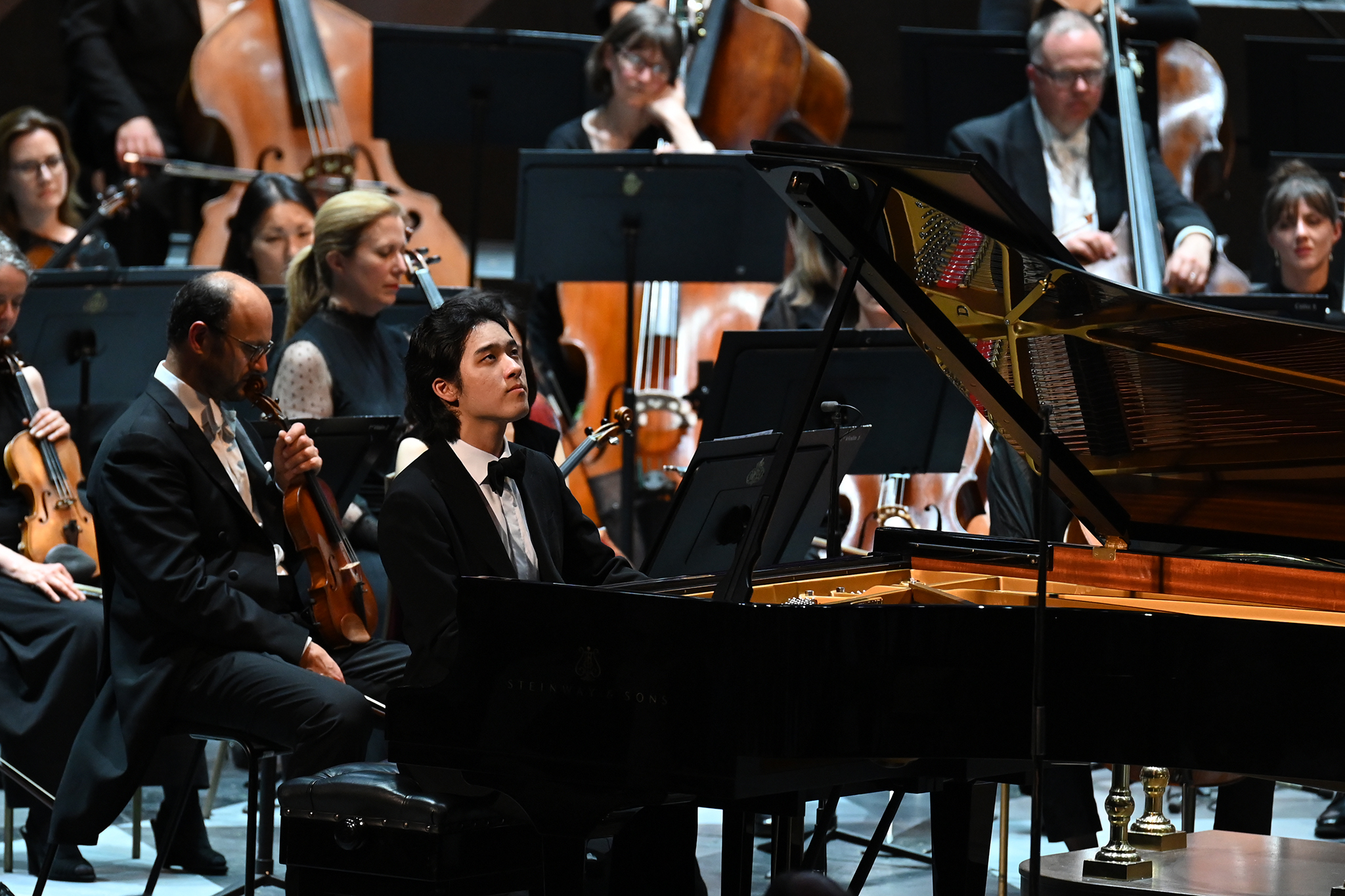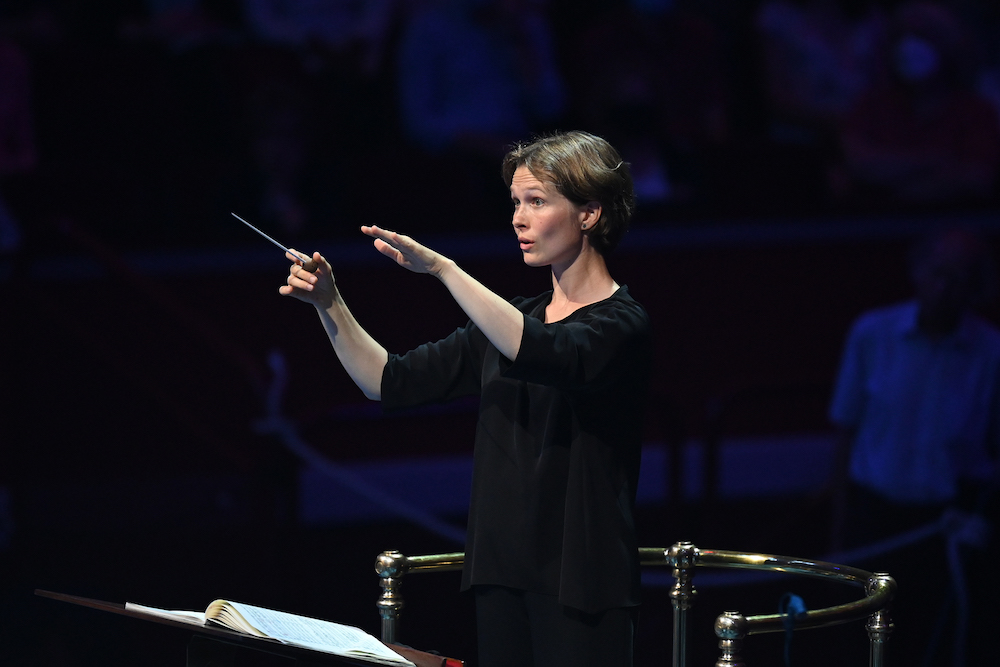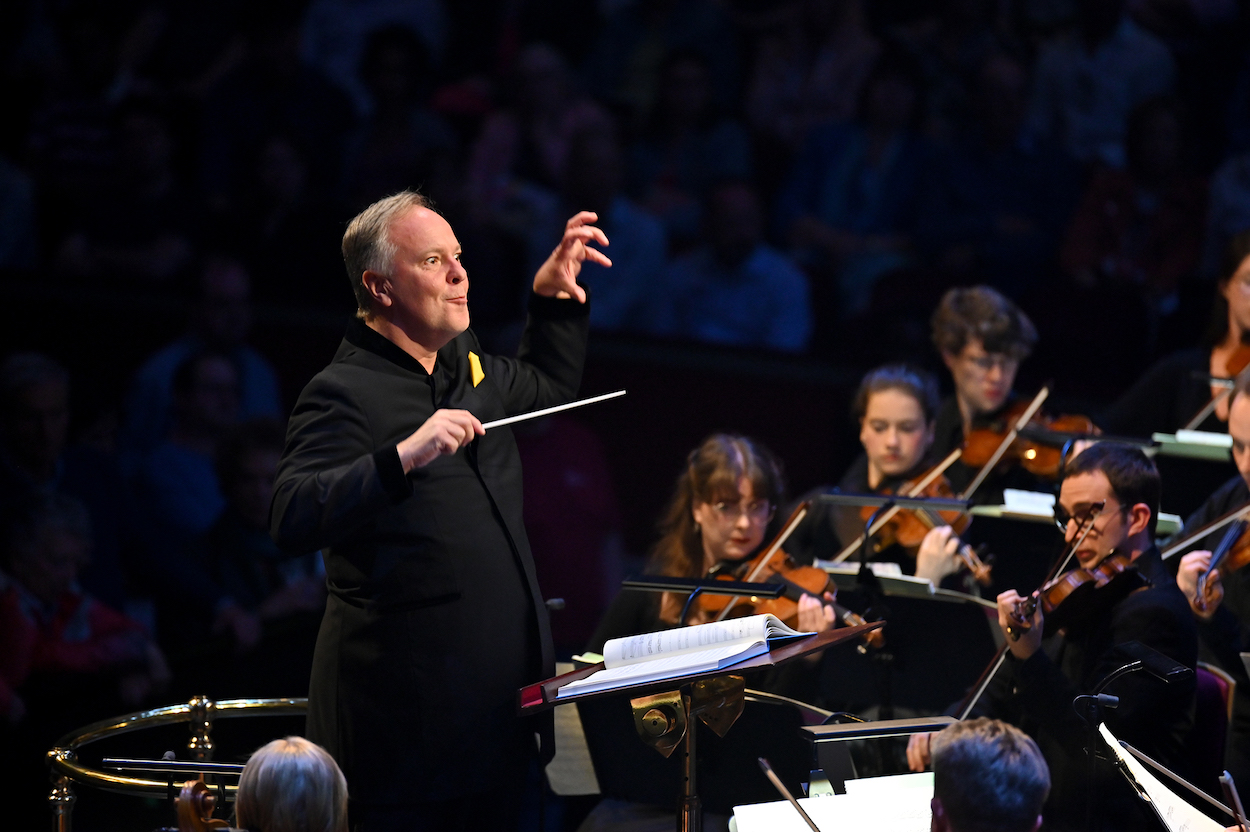
Wood Nymphs, Countryside Songs and The Planets Prom 46
For the first time the combined forces of the Royal College of Music and the Sibelius Academy (Finland) amassed on the stage of the Royal Albert Hall. To debut in front of 5000 people must be quite a daunting experience, […]
